We’ve had plant-based burgers and plant-based bacon – now we’ve got a plant-based David Attenborough series.
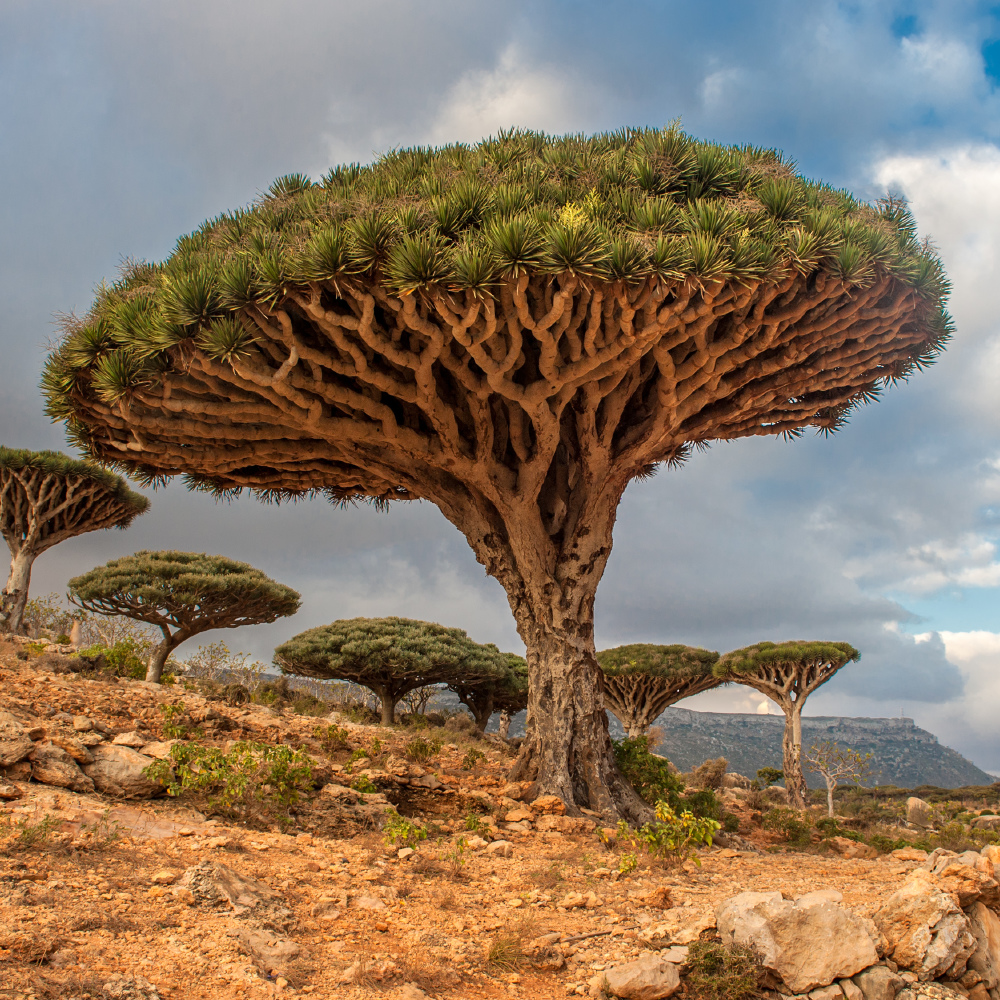
Bizarre plant species
Likely to air in 2021, Green Planet will document the hidden lives of the world’s vegetation, using modern technology to illuminate how dramatic – if slow-moving – their struggles can be.
We’re sure he doesn’t need help selecting species, but, on the off-chance, we have some thoughts…
1. Rafflesia arnoldii, Indonesia
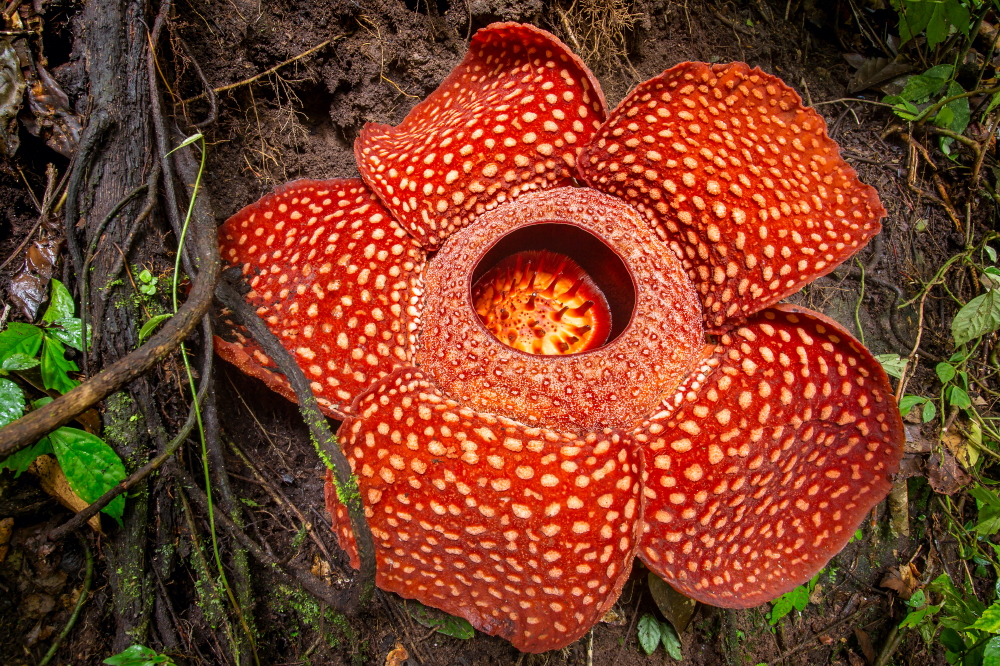
A veteran of nature programmes the world over, you do not want this 10 kilo monstrosity anywhere nearyour prize geraniums. The largest and heaviest individual flower in the world, Rafflesia arnoldii is nicknamed the Stinking Corpse Lily, as it gives off the distinct odour of rotting flesh.
2. Vegetable Sheep, New Zealand
A bizarre shrub somewhere between a flower and a cauliflower, this cushion-like alpine enlists a hard layer of furry white leaves to protect it come rain or shine. A gold star for anyone who can guess where it gets its name.
3. Rainbow Eucalyptus, Southeast Asia
Halfway between a tree and a Jackson Pollock painting, the bark of the rainbow eucalpytus strips away to reveal layers of orange, yellow, bluey-green and maroon. Either that, or the entire species is the work of the world’s most hard-working graffiti artist.
4. Grandidier’s Baobab Tree, Madagascar
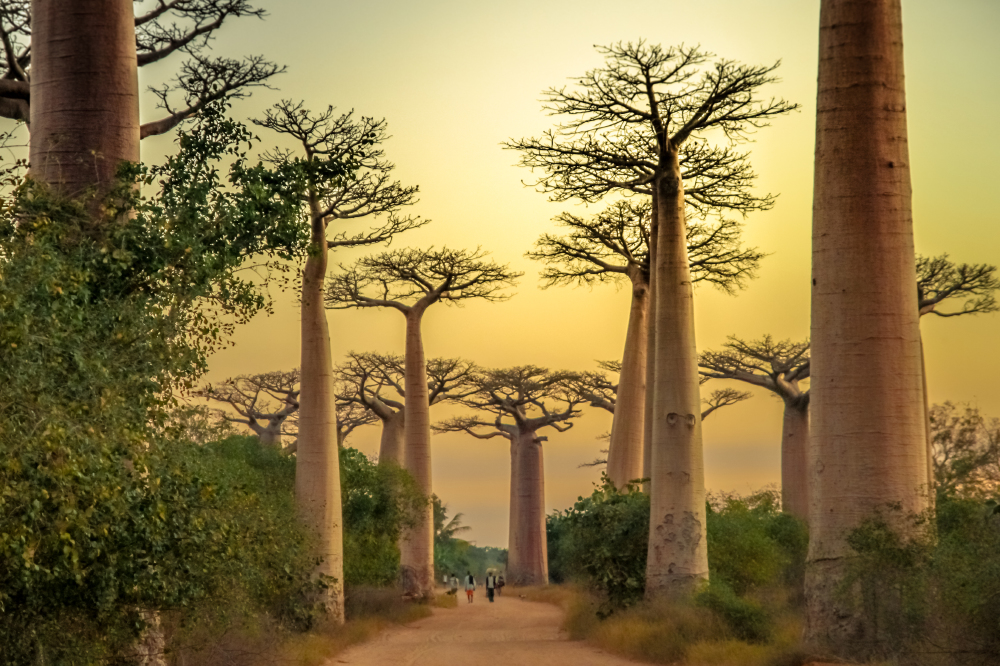
An inexplicably tall species with trunks the size of train carriages, the baobab looks like a normal sized tree glued onto the top of a Roman column. The flowers are pollinated mostly by lemurs, and smell of sour watermelon.
5. Naked Man Orchid, Mediterranean
This is a real plant. We repeat – this is not fake, this is 100% a real plant. You don’t need us to explain where it got its name.
6. Pitcher Plant, found widely
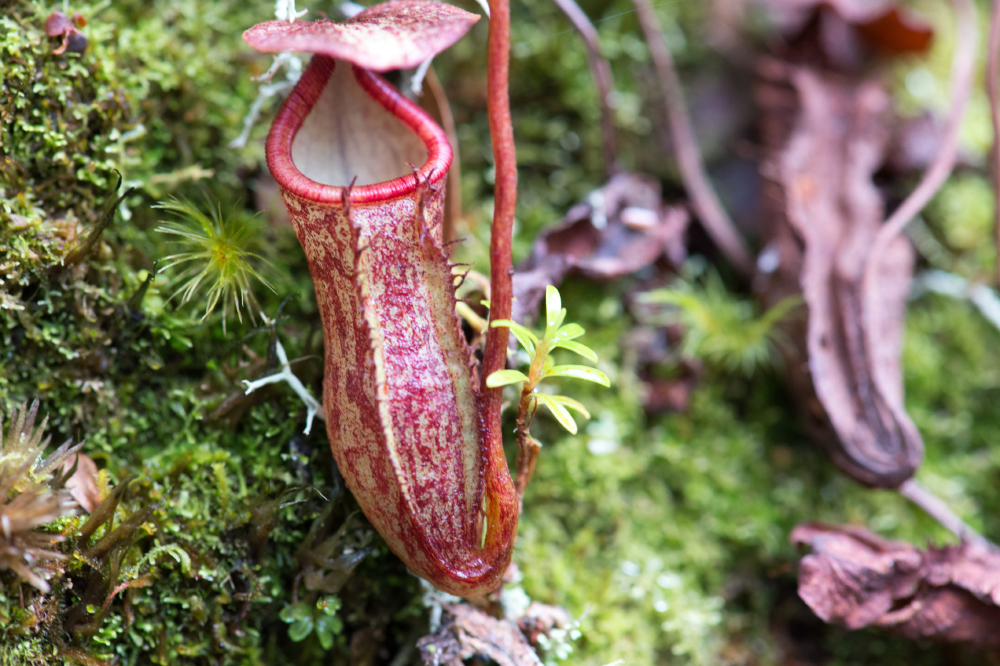
A frankly disgusting carnivore that drowns its victims in a nectar-filled cavity, the pitcher plant will happily digest anything from insects to frogs and small rodents. Another member of the surprisingly well-populated plants-that-smell-like-rotting-flesh sub-genre, this honey pot proves nature can be quite evil, whether animal or vegetable.
7. Dragon Blood Tree, Yemen
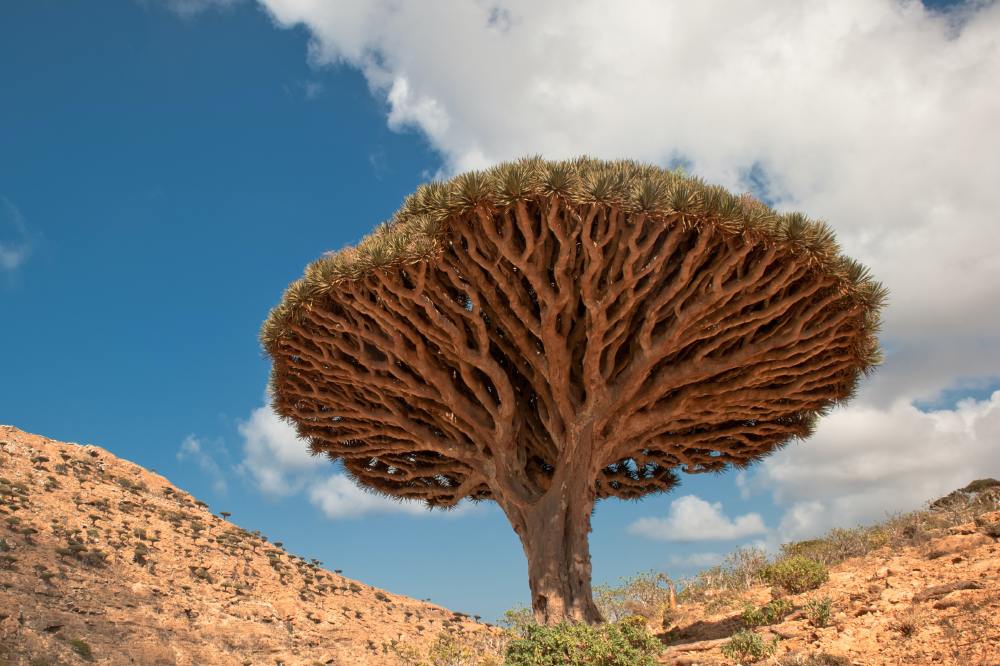
Endemic to the remote island of Socotra, these otherworldly specimens don’t seem to have understood the law of gravity. Local legend holds that the resin is literal dragon’s blood, and can be used for alchemy and black magic.
8. Hydnora Africana, Southern Africa
It may look like a prop from the movie Alien, but the Hydnora Africana is in fact a parasitic, underground plant that only breaches the surface after heavy rainfall. An assault on the nose as well as the eyes, this delightful ‘flower’ also smells strongly of faeces.
9. Sandbox Tree, South America
Tree-huggers beware, this prickly character is just as dangerous as any predator. Coated with a thick layer of spikes, the sap is toxic to the touch, while the fruits explode when ripe, launching seeds at passers-by at an eye-watering 160 mph.
10. Welwitschia Mirabilis, Namibia/Angola
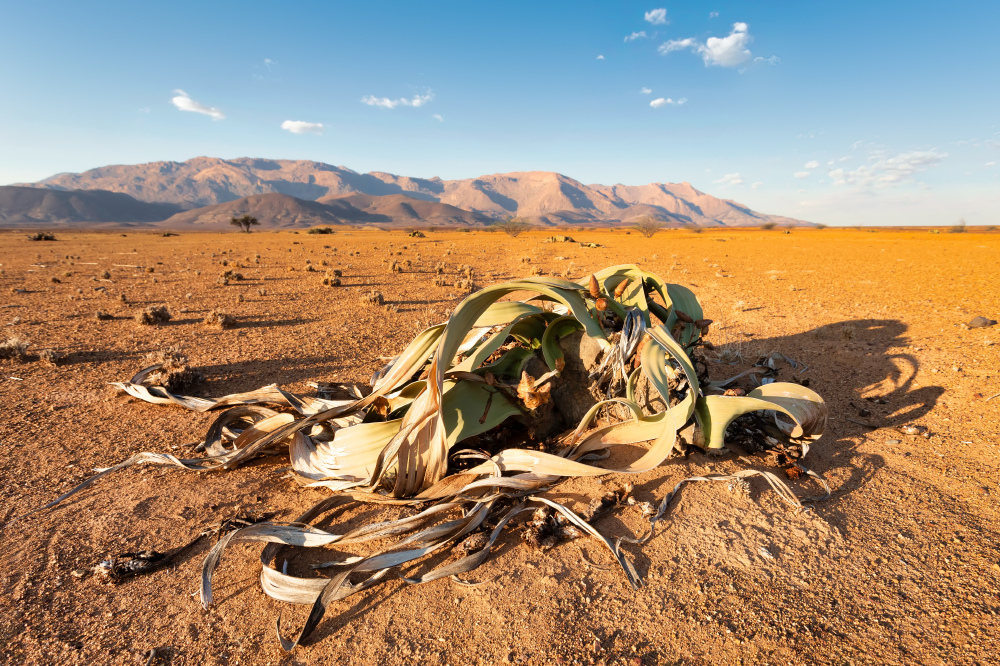
Resembling a small pile of organic rubble, these unspectacular desert-dwellers prefer life in the extremelyslow lane. Commonly called “living fossils”, individuals can survive for up to two millennia, sitting quietly in the sand doing almost nothing.
11. Bloodwood Tree, Australia
An outtake from a Halloween-themed fever dream, this sinister species quite literally bleeds when cut. The bark secretes a thick red sap, meaning punctures look like wounds and fallen branches resemble severed limbs.
Tagged in bizarre

